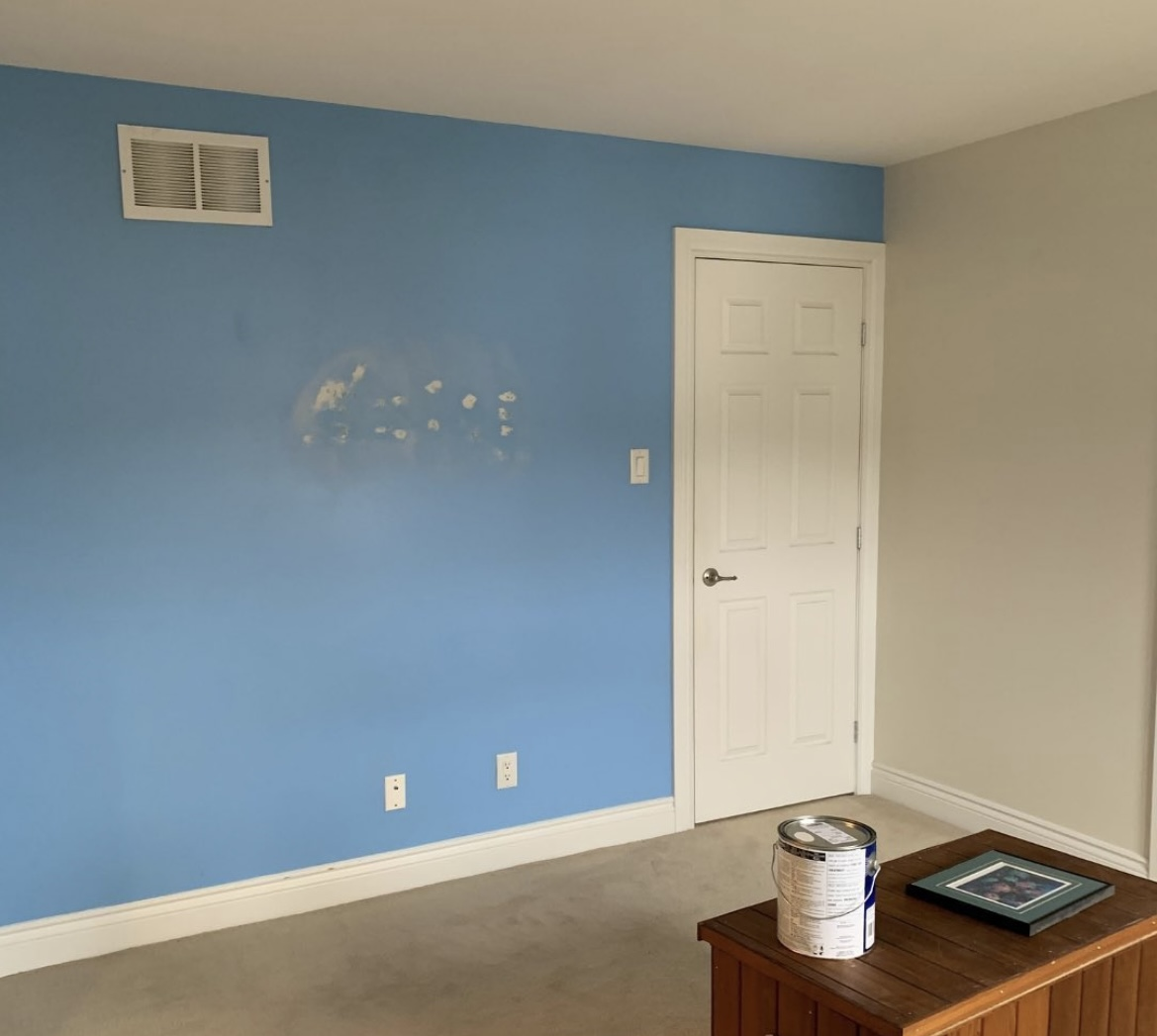Preparing Your Home for Interior Painting
Whether you’re moving into a new home or just want to give your current home a face-lift, interior painting is an affordable way to update the look of your living space. A fresh coat of paint can also keep dust and allergens at bay, making it a smart investment for any homeowner.
Choosing the Right Colors
There are many factors that come into play when choosing the right wall paints. A color can look different in natural light, next to certain furniture or rugs, and under various lighting conditions. It’s best to find out how a shade will work in a space before committing gallons of paint and hours of time.
A good way to choose a color is to start with something you love-a piece of fabric, a rug or your favorite throw pillows. This will give you an idea of the colors you might want in a room and how they relate to each other.

Interior Painting
You should also take the sheen into consideration. You can use flat paint on the walls and semi-gloss on the ceiling to create a contrast between matte and sheen.
Preparation
When it comes to interior painting, preparation is key. It takes time and effort, but it also ensures that the project goes smoothly and your finished product looks professional.
Quality painting contractors will spend the prep time cleaning surfaces, repairing cracks and blemishes and sanding the walls to make them smooth before they apply a fresh coat of paint. They will also remove any peeling paint and clear away any dirt or grime. If the surface is made from metal, they will remove any rust build-up and patch holes or dents to make sure the new paint will adhere properly.
Painting the Walls
Painting your home’s interior walls is an easy way to make a big difference in the look and feel of a room. It can also help to protect your home from moisture damage that can cause mold and mildew in your home.
Before you begin, remove any obstructions from the walls – this includes everything from light switch covers to furniture. This will give you more space to paint and reduce the chance of accidentally splattering things you don’t want painted.
It’s important to use good quality interior paint. Look for one with a high level of coverage and a deep color that looks alive on the wall.

Interior Painting
If your walls have stains that won’t come out, try using a stain-blocking primer. This will prevent the stains from bleeding through your finished paint job.
Finishing the Job
When the painting project is finished, a thorough inspection should be done to ensure that the paint job was completed as desired. This includes removing dust, dirt and debris from surfaces that were painted, caulking unwanted nail holes, and repairing any cracks or peeling old paint on the walls and ceiling. It is also important to make sure that the paint is applied evenly.
Another step that many painters overlook is cleaning up the work site when they’re done. This includes using a damp cloth to remove any remaining dust or debris from the walls, doors, trim and ceiling. This will help prevent any smudges or streaks in the final product.
In addition, it’s a good idea to clear away any knick-knacks and other objects that are on display in the room before the painting begins. This will reduce the chance that they’ll be splattered with paint or knocked off of a shelf in the middle of the painting process.
https://www.google.com/maps?cid=18129391322920407650
